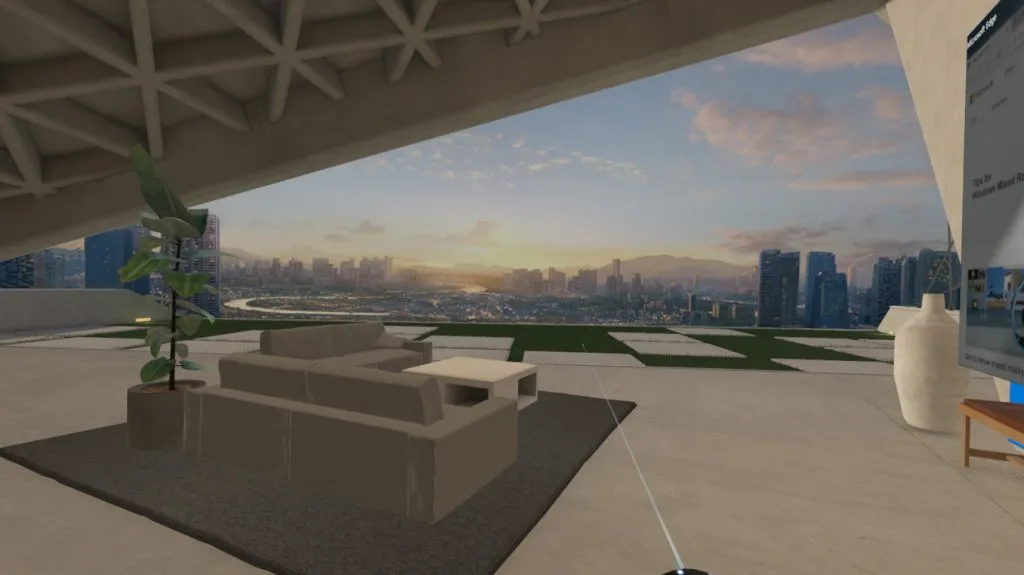VR headsets from Acer, Lenovo, Samsung, HP, ASUS and Dell might be easier to set up than Oculus Rift or HTC Vive, but integration with Valve’s SteamVR is what makes these headsets worth consideration. Without it, owners can visit some nice virtual worlds from the Windows Store, but they’d be missing the much wider and deeper library available from Steam.
With its latest April update to Windows today, Microsoft is also taking this integration out of “early access” — meaning it should provide an overall smoother and more stable experience compared with when the software first launched late last year.
“Windows Mixed Reality for SteamVR will remain in Early Access until consumers and developers have had a chance to test titles and the experience is stable for the majority of games and apps,” Microsoft originally wrote when releasing the software early.
According to a blog post, haptic feedback is improved with the controllers in the latest updates. I’ve asked Microsoft for details about why the company chose today to have the software graduate from early access. At the time of this writing, the software is still listed as being in early access, with the minimum specification listing the need for an NVIDIA GTX 970 or better and the recommended specification listing an NVIDIA GTX 1070 or better. Though, of course, specific experiences you want to try from Steam in these Windows-based “Mixed Reality” headsets may have different requirements.
























